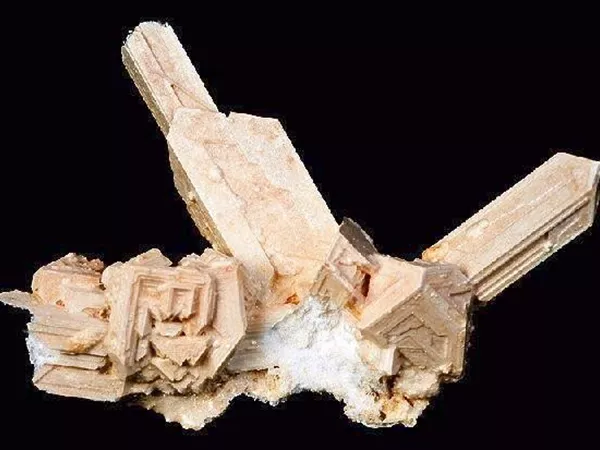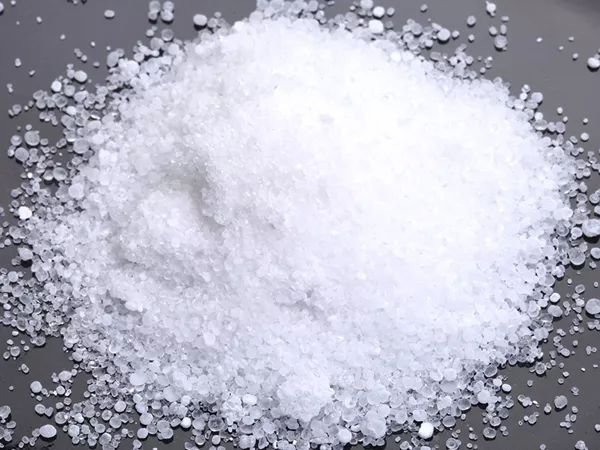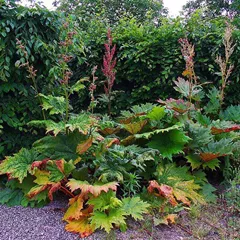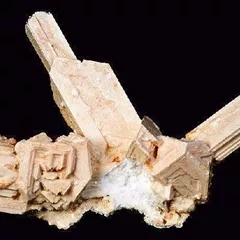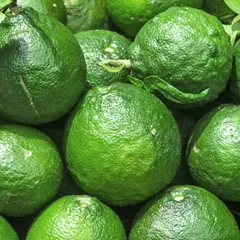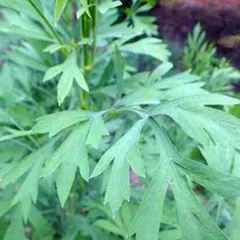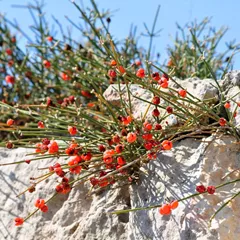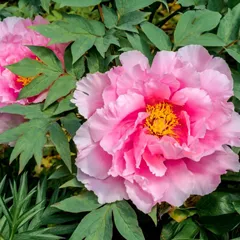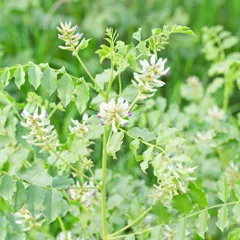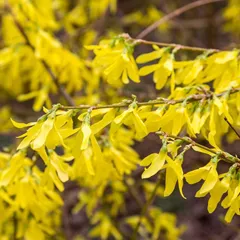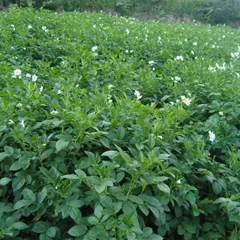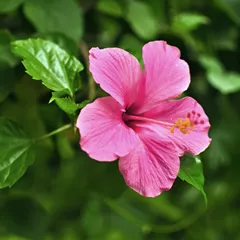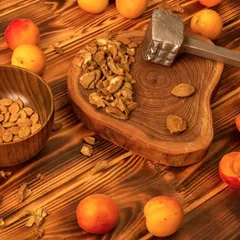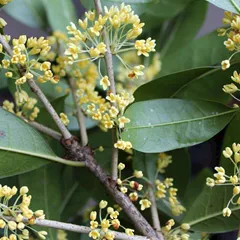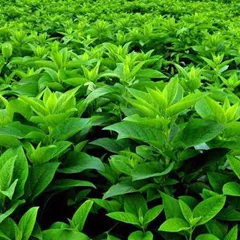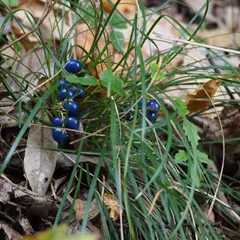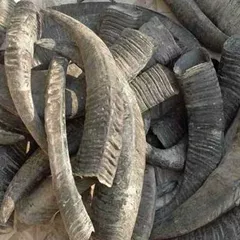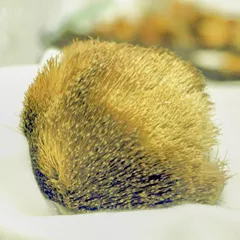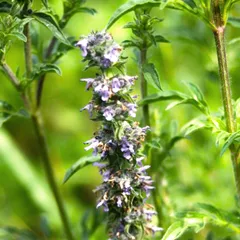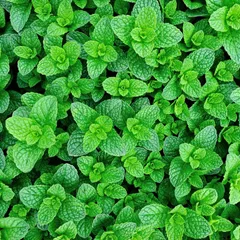Mang Xiao
Mang Xiao
English: Mirabilites
Chinese: 芒硝
Parts used: The rock crushed as a powder
TCM category: Purgative herbs that drain downward
TCM nature: Cold
Organ affinity: Stomach Large intestine
Scientific name: Natrii Sulfas
Other names: Glauber's salt, Sodium sulfate, Pu Xiao, Po Xiao
Use of Mang Xiao (mirabilites) in TCM
Please note that you should never self-prescribe TCM ingredients. A TCM ingredient is almost never eaten on its own but as part of a formula containing several ingredients that act together. Please consult a professional TCM practitioner, they will be best able to guide you.
Preparation: Crush the rock into powder
Dosage: 3 - 12 grams
Main actions according to TCM*: Purges Stagnation in the Intestines caused by Heat and Dryness, Cools Heat and abates swelling
Primary conditions or symptoms for which Mang Xiao may be prescribed by TCM doctors*: Constipation Swellings Lumps Appendicitis
Contraindications*: As this substance has a strong descending action, it should not be used during pregnancy, menstruation or post-partum; it should also be avoided by those with Spleen Deficiency and by the elderly.
Common TCM formulas in which Mang Xiao is used*
Huang Long Tang
Source date: 1445 AD
Number of ingredients: 10 herbs
Formula key actions: Clear Heat from the Interior . Supports the Original Qi.
Conditions targeted*: TyphoidParatyphoid and others
Mang Xiao is a king ingredient in Huang Long Tang. Like the name indicates, it means it has more power than other ingredients in the formula.
In Huang Long Tang, Mang Xiao helps to drain Heat and unblock the bowels along with Rhubarb.
Fang Feng Tong Sheng San
Source date: 1172 AD
Number of ingredients: 17 herbs
Formula key actions: Disperses Wind. Releases the Exterior. Drains Heat. Unblocks the bowels.
Conditions targeted*: Common coldHypertension and others
Mang Xiao is a king ingredient in Fang Feng Tong Sheng San. Like the name indicates, it means it has more power than other ingredients in the formula.
In Fang Feng Tong Sheng San, Mang Xiao expels Heat through the stool.
Da Huang Mu Dan Pi Tang
Source date: 220 AD
Number of ingredients: 5 herbs
Formula key actions: Clears Stagnant Heat in the intestines. Reduces swelling and disperses lumps.
Conditions targeted*: AppendicitisPelvic inflammatory disease and others
Mang Xiao is a deputy ingredient in Da Huang Mu Dan Pi Tang. This means it helps the king ingredient(s) treat the main pattern or it serves to treat a coexisting pattern.
In Da Huang Mu Dan Pi Tang, Mang Xiao softens the stools and aids in draining Heat downward, thereby unclogging the Intestines.
Da Cheng Qi Tang
Source date: 220 AD
Number of ingredients: 4 herbs
Formula key actions: Purges Heat from the Stomach and Intestines. Relieves constipation.
Conditions targeted*: PancreatisAppendicitis and others
Mang Xiao is a deputy ingredient in Da Cheng Qi Tang. This means it helps the king ingredient(s) treat the main pattern or it serves to treat a coexisting pattern.
In Da Cheng Qi Tang, Mang Xiao has stool-softening properties that helps the key herb (Rhubarb) in its purgative action. Together they moisten Dryness as they drain downward.
Tiao Wei Cheng Qi Tang
Source date: 220 AD
Number of ingredients: 3 herbs
Formula key actions: Removes Heat and Dryness in the Lower Burner. Removes constipation.
Mang Xiao is a deputy ingredient in Tiao Wei Cheng Qi Tang. This means it helps the king ingredient(s) treat the main pattern or it serves to treat a coexisting pattern.
In Tiao Wei Cheng Qi Tang, Mang Xiao helps Da Huang moisten Dryness and drain downward
Liang Ge San
Source date: 1107 AD
Number of ingredients: 8 herbs
Formula key actions: Drains Fire. Unblocks the bowels by clearing the Upper Burner. Draining the Middle Burner.
Conditions targeted*: PharyngitisStomatitis and others
Mang Xiao is a deputy ingredient in Liang Ge San. This means it helps the king ingredient(s) treat the main pattern or it serves to treat a coexisting pattern.
In Liang Ge San, Mang Xiao opens the bowel to flush Heat from the Middle Burner.
Er Qing Gao
Source date: 1617 AD
Number of ingredients: 11 herbs
Formula key actions: Clears Toxic-Heat. Disperses swelling. Relieves pain.
Conditions targeted*: BoilsCarbuncles and others
Mang Xiao is a deputy ingredient in Er Qing Gao. This means it helps the king ingredient(s) treat the main pattern or it serves to treat a coexisting pattern.
In Er Qing Gao, Mang Xiao is bitter and cold. It drains Fire, resolves Toxic-Heat, disperses swelling and relives pain. It treats internal clumping due to accumulation of Toxic-Heat.
Tao He Cheng Qi Tang
Source date: 220 AD
Number of ingredients: 5 herbs
Formula key actions: Dispels Heat and. Eliminates Blood Stagnation.
Conditions targeted*: LeiomyomaRetained placenta and others
Mang Xiao is an assistant ingredient in Tao He Cheng Qi Tang. This means that it either serves to reinforces the effect of other ingredients or it moderates their toxicity.
In Tao He Cheng Qi Tang, Mang Xiao softens areas of hardness and dispels Stagnation, thereby helping Rhubarb move stools, drain Heat and eliminate Blood Stagnation.
Zeng Ye Cheng Qi Tang
Source date: 1798 AD
Number of ingredients: 5 herbs
Formula key actions: Generates Body Fluids. Nourishes the Yin. Unblocks the bowels. Drains Heat.
Conditions targeted*: Acute infectious diseasesHigh fever and others
Mang Xiao is an assistant ingredient in Zeng Ye Cheng Qi Tang. This means that it either serves to reinforces the effect of other ingredients or it moderates their toxicity.
In Zeng Ye Cheng Qi Tang, Mang Xiao softens hardness, drains the Heat, and cleans the Stomach and Intestines.
Zi Xue Dan
Source date: 752 AD
Number of ingredients: 17 herbs
Formula key actions: Clears Heat. Opens the sensory orifices. Controls spasms and convulsions. Extinguishes Wind.
Conditions targeted*: Acute encephalitisAcute meningitis and others
Mang Xiao is an assistant ingredient in Zi Xue Dan. This means that it either serves to reinforces the effect of other ingredients or it moderates their toxicity.
In Zi Xue Dan, Mang Xiao drains Heat and dissipate clumps, especially when combined with Ningpo figwort root.
Qing Xin Li Ge Tang
Source date: 1602 AD
Number of ingredients: 13 herbs
Formula key actions: Clears Toxic-Heat. Unblocks the stool. Benefits the throat .
Conditions targeted*: TonsillitisPeritonsillar abscess and others
Mang Xiao is an assistant ingredient in Qing Xin Li Ge Tang. This means that it either serves to reinforces the effect of other ingredients or it moderates their toxicity.
In Qing Xin Li Ge Tang, Mang Xiao drains Fire by unblocking the stool. In this way, pathogenic Heat is dredged from the Exterior and cleared from the Interior, the clumped Heat is dispersed and drained, and the throat is cleared.
Key TCM concepts behind Mang Xiao's properties
In Traditional Chinese Medicine (TCM), Mang Xiao belongs to the 'Purgative herbs that drain downward' category. The herbs in this category are those whose main purpose is to treat constipation. The fact they're 'purgative' means that they do so by removing Excess Heat in the Intestines and/or Stomach. As such all herbs in this category are Cold in nature, in order to cool the Heat.
Furthermore Mang Xiao is Cold in nature. This means that Mang Xiao typically helps people who have too much 'Heat' in their body. Balance between Yin and Yang is a key health concept in TCM. Those who have too much Heat in their body are said to either have a Yang Excess (because Yang is Hot in nature) or a Yin deficiency (Yin is Cold in Nature). Depending on your condition Mang Xiao can help restore a harmonious balance between Yin and Yang.
Mang Xiao also tastes Bitter and Salty. The so-called 'Five Phases' theory in Chinese Medicine states that the taste of TCM ingredients is a key determinant of their action in the body. Bitter ingredients like Mang Xiao tends to have a cleansing action on the body by clearing Heat, drying Dampness and promoting elimination via urination or bowel movements. On the other hand Salty ingredients tend to have a draining effect in the body because they clear accumulations, remove Phlegm and soften hard lumps.
The tastes of ingredients in TCM also determine what Organs and Meridians they target. As such Mang Xiao is thought to target the Stomach and the Large intestine. In TCM the Stomach is responsible for receiving and ripening ingested food and fluids. It is also tasked with descending the digested elements downwards to the Small Intestine. The Large Intestine on the other hand receives the "impure" parts of the digested food from the Small Intestine, absorbs the remaining fluids and excrete the remainder as feces.

